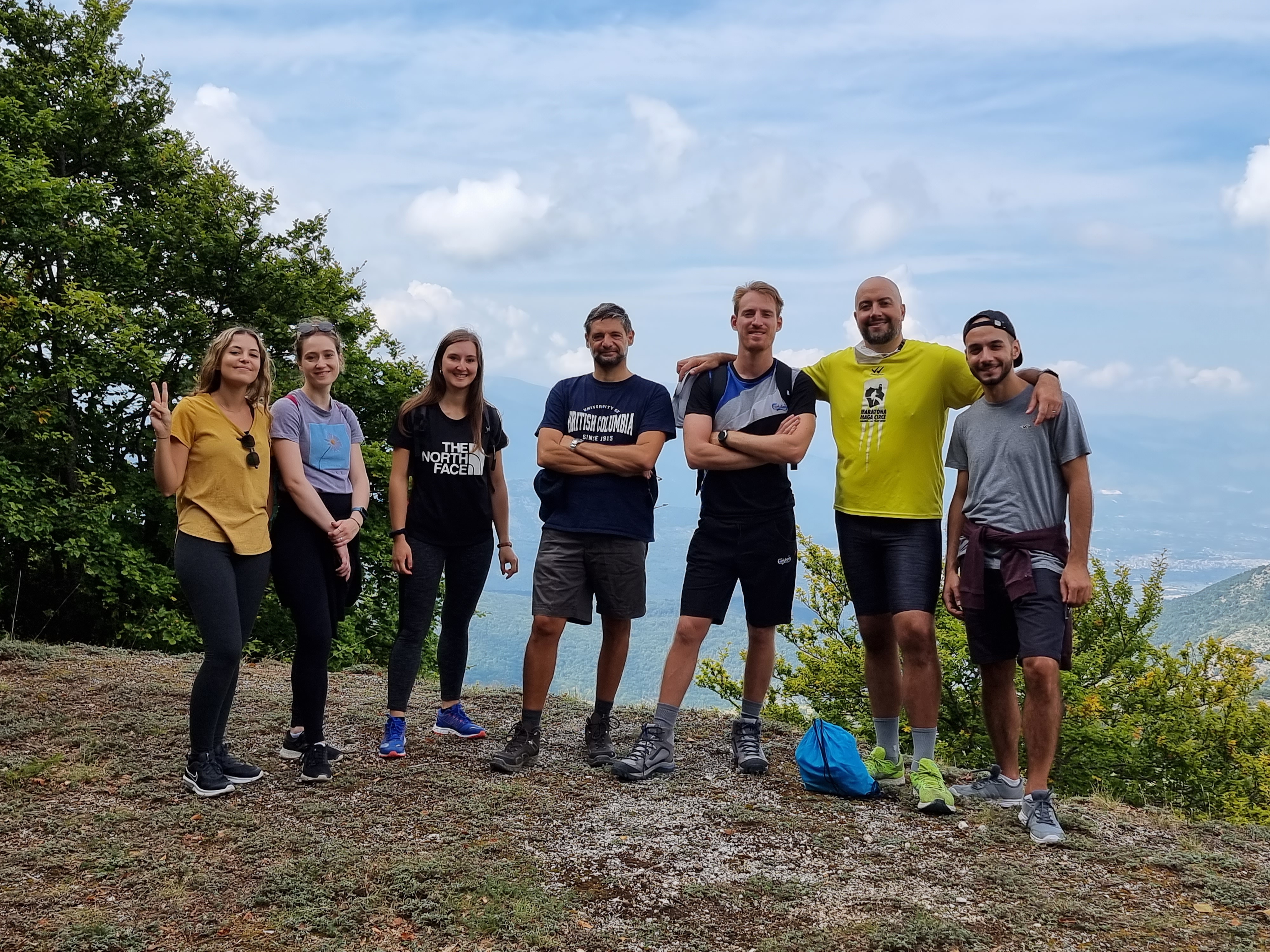OUR CURRENT ACTIVITIES
We are involved in several European and Italian Projects on critical infrastructure protection, decision support systems, networked and distributed control, indoor localization, modeling complex systems with incomplete or ambiguous information.
In particular, we are currently working on these fields:
Fault and cyber attack detection and reaction
for cyber-physical systems, industrial control systems and OT
Distributed Multi-Agent Systems
distributed control, optimization, and estimation
Decision Support Systems
based on incomplete information provided by human experts
Interdependency Models for Critical Infrastructures
based on the experience of technicians and stakeholders.
COSERITY LAB AT A GLANCE
The Complex Systems & Security Lab, directed by prof. Gabriele Oliva is part of the Engineering Faculty of the University Campus Bio-Medico of Rome, and is one of the leading research institutions in Homeland Security and Critical Infrastructure Protection (CIP) in Italy. In this field, research activities focus on the development of innovative and strong multi-disciplinary methodologies, tools and technologies to support the study of large infrastructures in terms of their behavior, threats, vulnerabilities and management.
Thanks to the large experiences acquired over more than ten years of research in the field of critical infrastructure protection and security, the COSERITY Lab jointly with University Campus Bio-Medico of Rome created in 2009, a first-of-its-kind experience in Italy and Europe, a Post Graduate Program (PGP) in Homeland Security. It aims at training security experts able to cope with the actual socio-technological threats of modern infrastructures.

